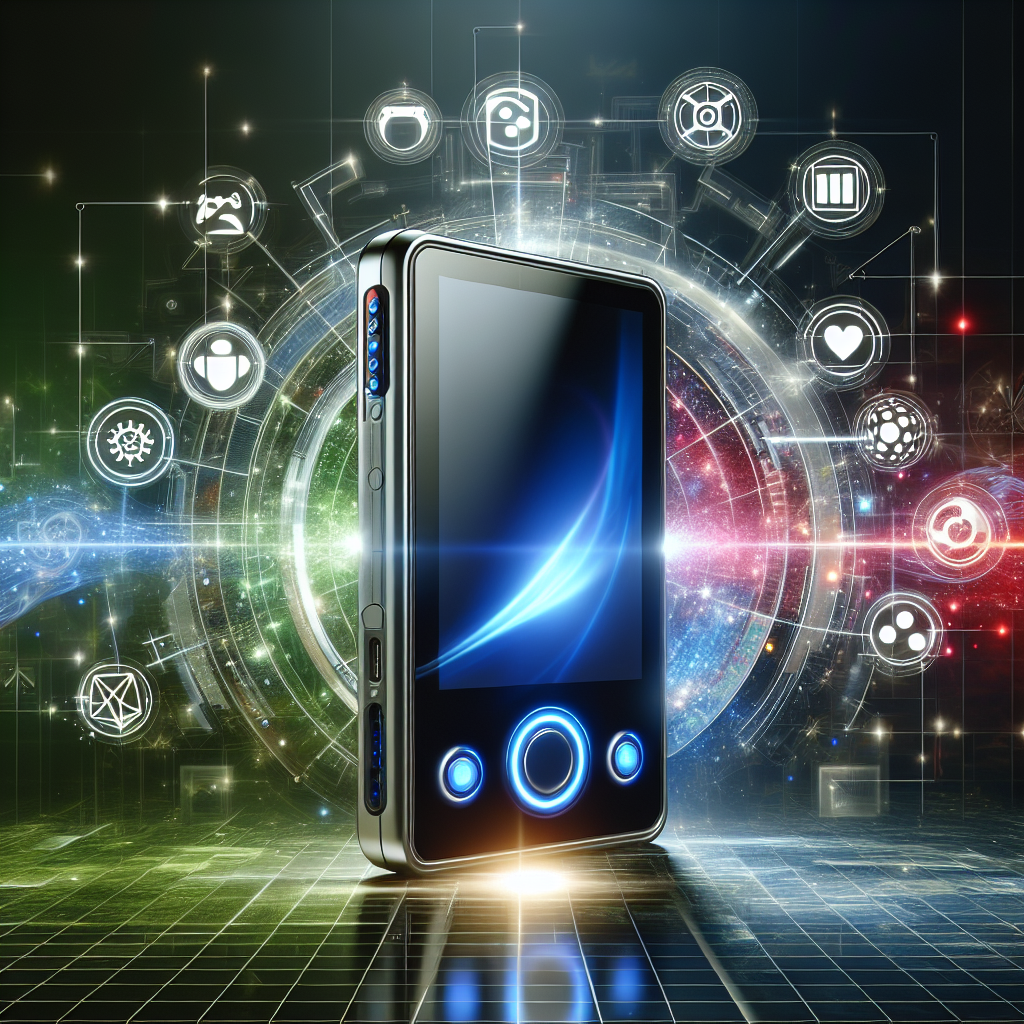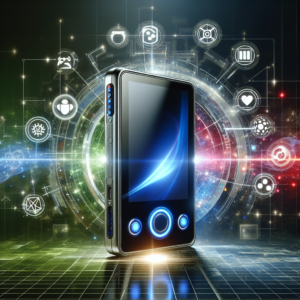
Microsoft’s gaming division, under the leadership of Phil Spencer, is making waves with its ambitious plan to enter the handheld game console market while navigating its recent mega-acquisition of Activision Blizzard. As Microsoft sets its sights on expanding its gaming footprint, the prospects of an Xbox handheld device have sparked both anticipation and skepticism within the industry.
Phil Spencer, CEO of Microsoft Gaming, has confirmed that the company is developing a prototype for an Xbox handheld game console. This announcement comes amidst whispers of Microsoft’s transition from being a traditional video game console maker to embracing a multiplatform strategy. The enthusiasm surrounding Microsoft’s handheld ambitions is palpable, especially given the anticipated innovative leap in gaming technology. Spencer’s recent commentary suggests that this development is in the early stages, focusing on market research and design prototypes. The company aims to leverage its experience and resources to introduce a device that resonates with gaming enthusiasts, although its release could be several years away.
As Microsoft continues to digest its $69 billion acquisition of Activision Blizzard, Phil Spencer remains optimistic about future acquisitions that could enhance Microsoft’s global reach and competitive stance, particularly in the realm of mobile and handheld gaming. Spencer’s comments on geographic diversity highlight a strategic vision to embed Xbox deeper into non-Western markets, notably Asia. This strategic acquisition model aims to bolster Microsoft’s standing in both the mobile gaming ecosystem and the burgeoning handheld segment, which is partly defined by its competitors’ advancements, like the Nintendo Switch.
The momentum behind Microsoft’s push for an Xbox handheld also surfaces against the backdrop of significant corporate challenges, including recent layoffs and the changing landscape of gaming hardware sales. Microsoft’s Xbox Series consoles have witnessed decreased sales, prompting a shift towards cloud and mobile services, alongside the development of an independent mobile gaming storefront. As gaming seamlessly merges across platforms, Microsoft intends to ensure its exclusives reach more screens globally, potentially bypassing traditional hardware constraints.
Despite these ambitions, the road to establishing an Xbox handheld faces hurdles, not least because of market timing and matching the demands of today’s gamers. Spencer’s statements reflect a commitment to taking a strategic rather than a rushed approach, emphasizing quality and gamer-centric design. This ethos is geared to provide an experience aligning with Xbox’s broader ecosystem, ensuring seamless integration with existing services like Xbox Game Pass and leveraging the growing potential of cloud gaming to future-proof their operations.
The prospect of an Xbox handheld console signifies a significant pivot in Microsoft’s approach to gaming hardware. Under Phil Spencer’s leadership, Microsoft is strategically positioning itself to leverage its vast ecosystem to capitalize on the evolving gaming market. While fans and industry insiders eagerly await further developments, it remains clear that patience and meticulous planning are at the heart of Xbox’s future handheld game console ambitions. As the gaming landscape transforms, Microsoft’s commitment to innovation and inclusivity positions it as a formidable force in next-generation gaming.







